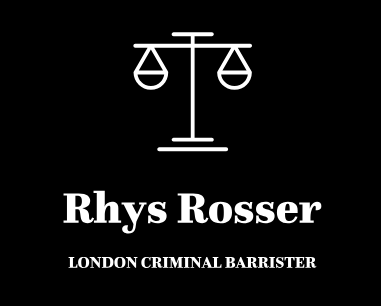Loss of Time Order - What is the Risk of Appealing?
When a Defendant applies to the Court of Appeal for leave to appeal sentence or conviction, this carries the risk that the Court will make a loss of time order.

The procedure for seeking leave to appeal is that there will first be written grounds submitted. These are considered by a Single Judge (and is normally termed the “Single Judge Stage”). If the Single Judge grants leave, the case is referred to a Full Court of three Judges. If leave is refused, the default is that this is the end of the matter. It is open to a Defendant to renew permission to appeal, which results in the case being listed before the full-court for an application for permission to appeal.
A loss of time order is an order that the time spent in custody up until the date of the determination does not count towards their date for release. This date will depend upon the type and length of sentence that is imposed, but a loss of time order can – in some circumstances – run to a number of months.
It is important to note that the Court cannot make a loss of time order where they grant leave to appeal.
The Court of Appeal have increasingly used loss of time orders as a deterrent, this can include making an order where the Defendant has only taken the matter as far as seeking leave to appeal from the Single Judge.
The general test is whether an appeal is considered “unmeritorious” or entirely without merit, this is a very high bar. In R v Babiak [2017] EWCA Crim 160 it was said that loss of time orders would be made where unmeritorious applications were renewed regardless of whether the “box had been ticked” and regardless of whether renewal was on the advice of counsel.
The box ticking refers to a box on the Single Judge’s decision which will state whether there has been consideration of a loss of time order. The absence of ticking the box is not determinative, but it will clearly give guidance. This was brought in by Section 31 of the Criminal Appeals Act 1968.
Fill in the Below to Contact Rhys and to obtain legal advice










